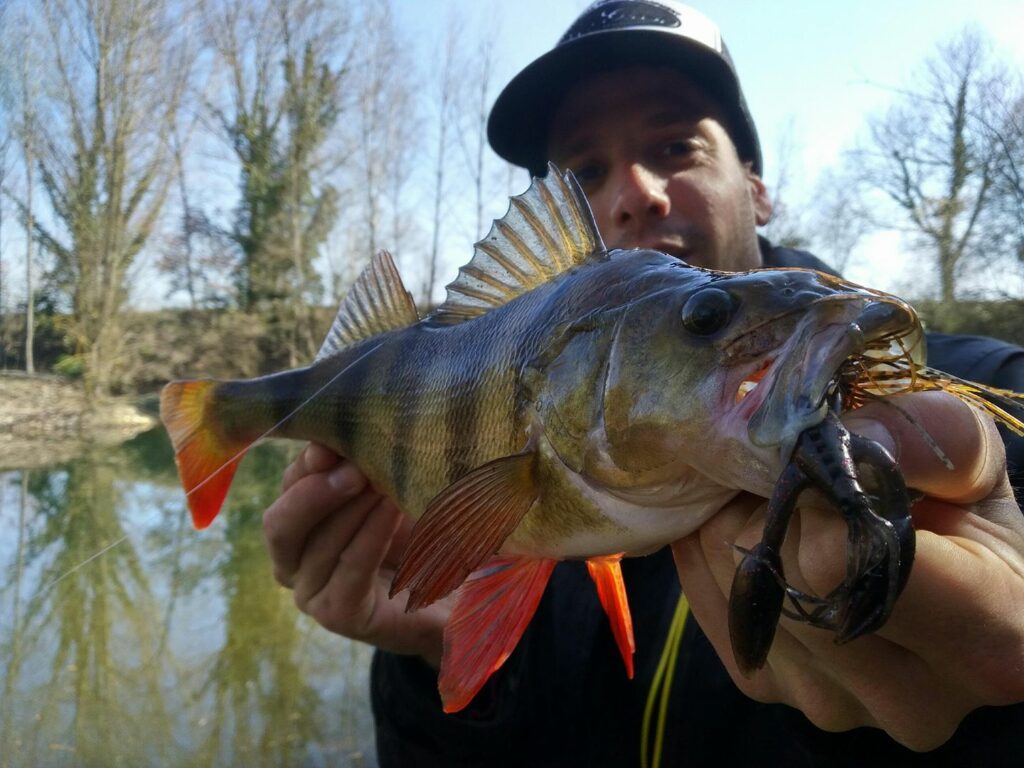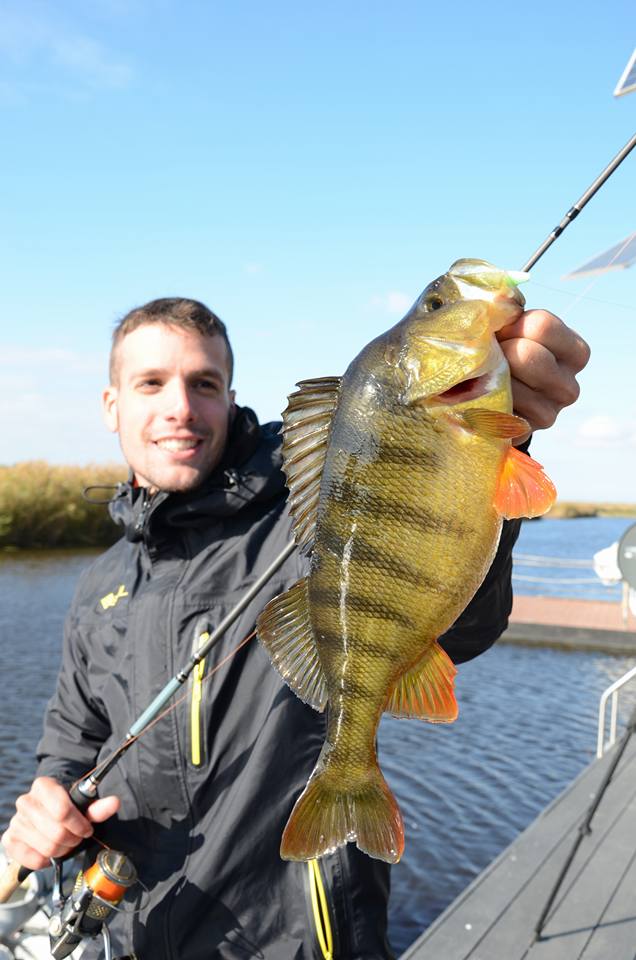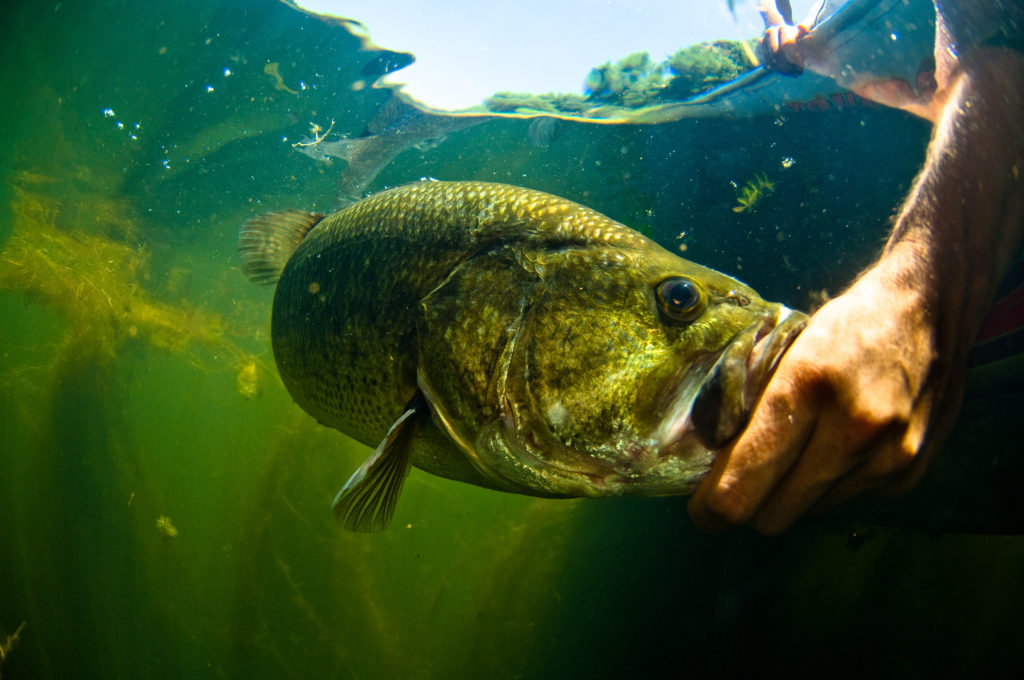
Fishing for perch is one of the fisheries that attracts us most. This brightly coloured predator is a lot of fun to fish for, but it's also very combative. What's more, perch are one of the most accessible predators to fish for, whatever your level. In this article, we reveal the secrets to successful fishing and catching these magnificent specimens. Whether you're a beginner or an experienced angler, here you'll find our practical tips and techniques for successful perch fishing.
Our article in brief
Here are our techniques and practical tips for successful perch fishing.
- Effective techniques for perch fishing : metal lure fishing, crankbait fishing, dropshot fishing
- The best times to fish for perch Spring and autumn, early in the morning or at the end of the day
- spots to target submerged trees, breaks and seagrass beds depending on the season
- The right equipment for perch fishing : lightweight rod, 1500-2500 reel, fine braid with fluorocarbon leader
Effective techniques for catching perch
In our opinion, these are the most effective techniques for perch fishing that we have tested over the years:
- Fishing metal lures such as casting jigs, the vibrating blades or the spintails
- Fishing for crankbaits
- Fishing dropshot
- Fishing for surface lures
Among these techniques, we are particularly fond of metal lures and crankbaits in all seasons, and surface lures in summer. The latter are particularly effective for perch fishing and are for us the most fun and easy techniques to learn.
In winter, we particularly like to fish for perch on the dropshot. This technique consists of presenting a flexible lure suspended above the bottom. This approach is particularly effective in congested areas or when the perch are not very active. We also use the dropshot a lot to emphasise a specific position.

When and where to fish for perch?
The best times to fish for perch are, in our opinion, the spring and Autumn. These seasons correspond to peaks of activity for these carnivorous fish. However, with the right techniques, it is perfectly possible to make good catches in both summer and winter.
With regard to ideal times of day, we advise you to concentrate on the early hours of the morning and the end of the day, particularly in summer. It is during these periods that perch are most active and likely to bite.
As for areas to targetHere's a summary of the best spots for each season:
| When should you fish for perch? | Which areas to prospect? |
|---|---|
| Spring | Edges, shallow grass beds |
| Summer | Surfaces early in the morning/late in the evening, deep areas during the day |
| Autumn | Fractures, submerged obstacles |
| Winter | Deep areas, close to the bottom |
Perch are particularly fond of submerged trees, obstacles and breaks. These structures provide ideal shelter and hunting spots for these opportunistic predators. So concentrate on these spots first.

The essential equipment for successful perch fishing
Here is our selection of equipment specially adapted for perch fishing:
- Cane Choose a model L to M, with a length of between 1.80 and 2.10 m. A weight of between 5 and 21 grams will be ideal for most situations.
- Reel Choose a reel size 1500 to 2500. This reel size is a good compromise between lightness and robustness.
- Line We recommend a fine braid (6 to 8/100) combined with a fluorocarbon leader (20 to 28/100) for greater discretion.
- Lures Put together a varied assortment including soft lures (shads, finesse), swimming fish, vibrating blades, spintails and crayfish imitations.
The right equipment will enable you to feel the slightest touch and significantly increase your success rate.
During our many fishing expeditions, we have tested a multitude of combinations. Our favourite configuration for stalking large perch from the shore comprises a 2.10 metre rod with a power rating of 7-21 grams, coupled with a 2000 reel fitted with 8/100 braid. This combination offers an excellent balance between sensitivity and power, ideal for fighting specimens of 40 cm and over.
Our tips for improving your technique
Here are a few tips that will make all the difference:
- Vary your events Booms can be fickle. What works one day can be ineffective the next. So don't hesitate to alternate between slow and fast retrieves when power fishing.
- Adapt to the seasons In winter, fish for perch more slowly close to the bottom. In summer, target surfaces early in the morning and late in the evening, then deeper areas during the day.
- Pay attention to the weather : Perch are often most active on overcast days or just before a thunderstorm.
- Practice catch & release with care : If you release your catch, do so gently, especially in hot weather, to preserve the resource.

Finally, a word of advice. Perch are fish that move around a lot. As a result, not every spot that was productive yesterday is necessarily productive today. Adopting a dynamic approach will not only increase your chances of catching a fish, but also enable you to discover new and promising areas.




